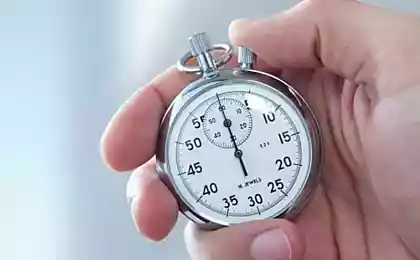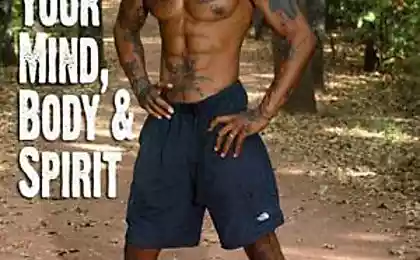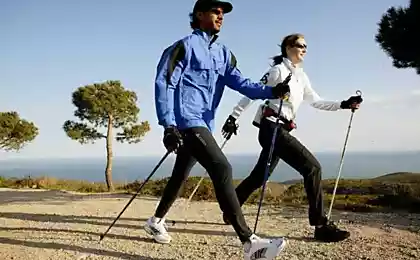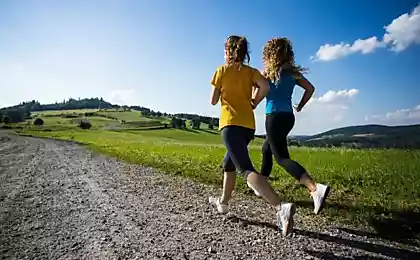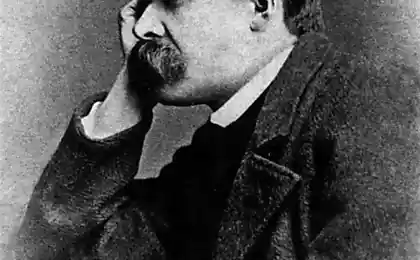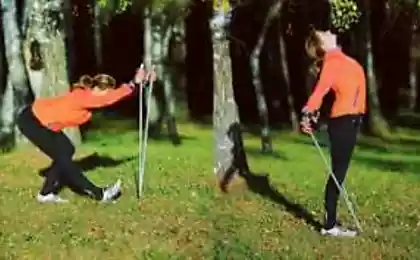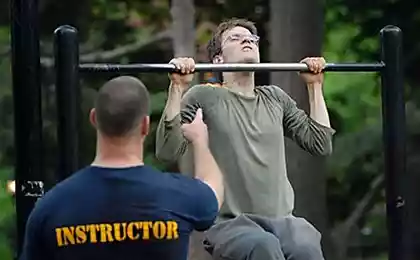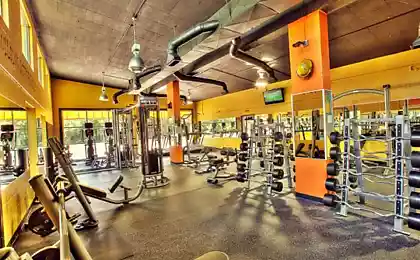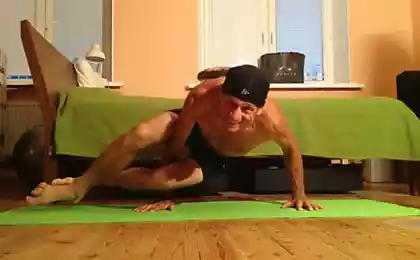211
7 Types of Walking to Promote Health and Diversity
7 Types of Walking That Will Upend Your Approach to Fitness

Walking is an ancient human skill that has become a revolutionary tool of health. Unlike grueling training, it does not require special training, but with a systematic approach is able to:
- Improve cardiac endurance by 25% in 3 months (American Heart Association study)
- Reduce the risk of chronic diseases
- Burn up to 400 kcal / hour without overload
1. Nordic Walking: More Than Sticks
Born in Finland as a summer training for skiers, today it takes over cities. The secret of efficiency is to involve 90% of the muscles of the body due to a special technique of repulsion with sticks.
Lifehack: Choose sticks with a tip of tungsten carbide for asphalt and a removable rubber shoe for the ground.
How do I start?
- Optimal length of sticks = height x 0.68
- Rhythm: left foot + right stick
- The perfect pace is when you can talk but not sing.
2. Power Walking: the sport of walkers
Not to be confused with a normal walk! The speed of 6-8 km / h is important here:
- Hands bent at 90 degrees.
- Heel-to-toe landing
- Body slightly tilted forward

3. Interval Walking: The Waltz of Speed
Alternate 2 minutes of fast pace (75% of the maximum) and 1 minute of recovery. Research by the Journal of the International Society of Sports Nutrition shows that:
- Increases metabolism by 14 hours
- Increases VO2 max by 8% in 6 weeks
4. Trail walking: nature as a simulator
Uneven terrain of trails increases energy consumption by 28% (Journal of Experimental Biology). But the main thing is neuroplasticity: the changing landscape stimulates the brain.
5. Bosovaya: a return to the origins
The Nature study proved that walking barefoot:
- Strengthens the arch of the foot
- Reduces knee pressure by 12%
- Synchronizes the nervous system through tactile signals
6. Meditative Walking: Mindfulness in Motion
Techniques from Zen Buddhism:
- Focus on the sensation of the feet
- Synchronize breathing with steps (inhale 3 steps, exhale 4)
- Visualize stress relief with each exhalation

7. Treadmill Walking: Science at the Service of Health
Use the simulator wisely:
- 5-7% slope simulates hills
- Ideal duration: 45 minutes at 55-65% of max heart rate
- Technique: Don't hold on to handrails - it reduces efficiency by 25%
Conclusion: Step by step towards transformation
By combining walking, you create a personal training system. Experiment: today - Scandinavian technique in the park, tomorrow - intervals on the treadmill. The main thing is to stay in motion.
Glossary
VO2 max The maximum amount of oxygen the body can use in a minute.
Tungsten carbide heavy-duty material for sports equipment tips.
Neuroplasticity The ability of the brain to form new neural connections.
Trail walk Walking along natural paths with natural relief.
Soul Blind Zones: How Selective Empathy Ruins Your Relationships
7 Worrying Bells: Why Your Salary Is No Longer Suitable

